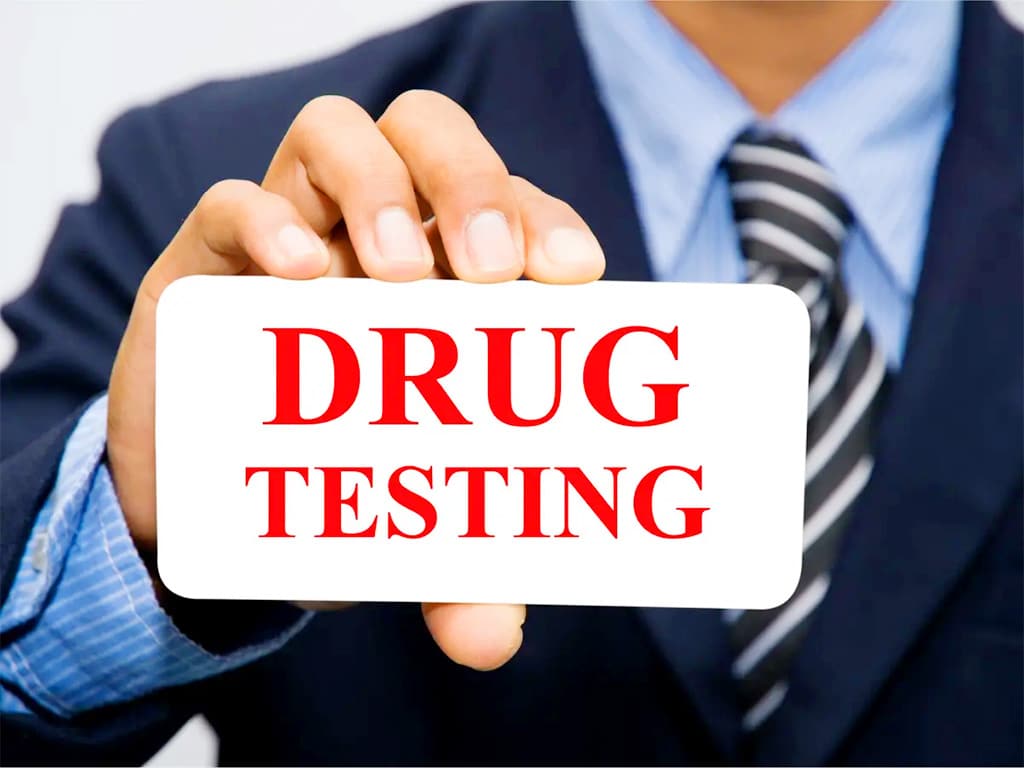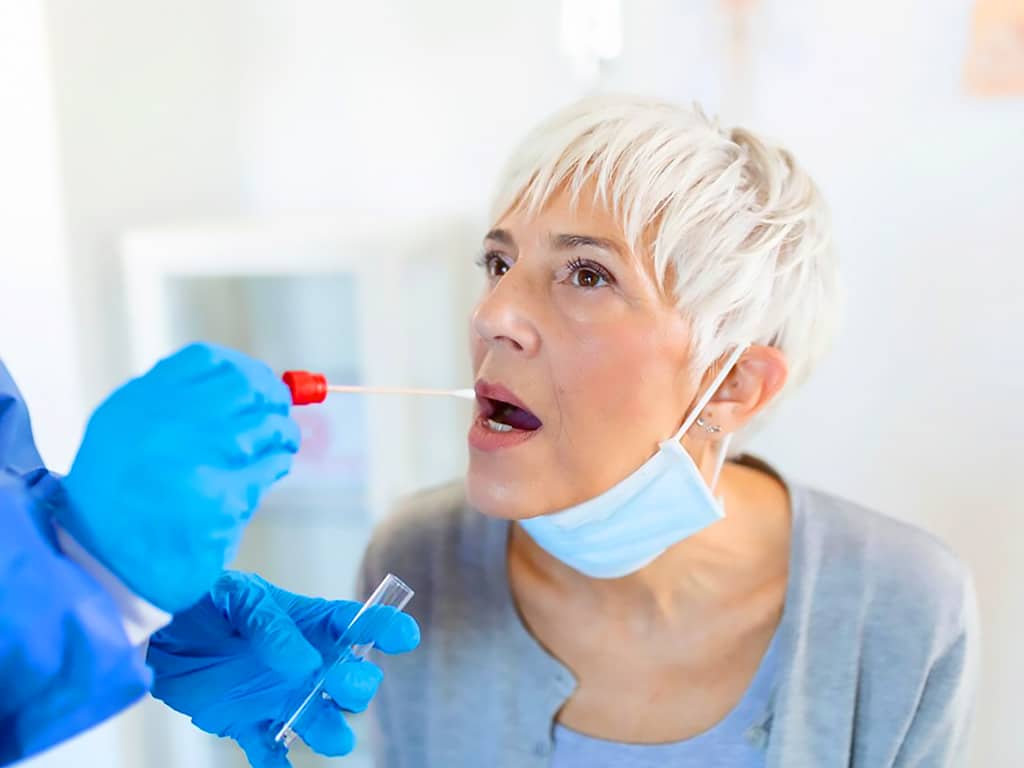Australian Drug Testing Standards: Overview & Chain of Custody Requirements
24 April, 2024

Drug testing is a significant aspect of maintaining safety in various environments. Institutions rely on the accuracy of the test to make decisions, such as disciplinary actions in workplaces or punishments in court proceedings. Thus, adhering to the Australian drug testing standards is crucial to uphold the integrity of the test. An integral part of drug testing is meeting the chain of custody requirements. These are protocols to follow from the collection, transport, and analysis of the test samples.
Conducting drug testing in Australia is essential for various reasons. In workplaces, it helps keep employees safe from the hazards of drug use. Police officers also implement robust roadside screenings to detect drivers who may be under the influence of drugs. It minimises the risk of accidents and injuries due to substance impairment. In this article, we will explore the standards of drug testing, focusing on chain of custody requirements and confirmatory testing.
Overview of Australian Drug Testing Standards
The Australian drug testing standards serve as guidelines to ensure the testing processes are accurate and fair. Regulatory bodies set these standards, including the Australian Standards (AS) and the National Association of Testing Authorities (NATA). Compliance with these standards is essential to maintain integrity. It also helps prevent any legal liabilities that may arise between different parties.
The standards outline the procedures, protocols, and requirements organisations or test providers must adhere to when conducting drug testing. It includes everything from the collection of samples, testing methods, and reporting of results. Moreover, there are specific guidelines within each test type.
One of the critical components of reliable drug testing is the chain of custody procedures. It helps reduce the risk of tampering or contamination, ensuring the accuracy of the results. Additionally, the standard specifies the types of drugs to be tested for, including commonly abused substances. Drug tests typically find traces of marijuana or THC, amphetamines, opioids, and cocaine metabolites in the samples.
Australian Standards for Workplace Drug Testing
The Australian standard regulates the guidelines for workplace drug testing. It ensures consistency in the execution of the testing procedures across multiple industries. Each test specifies the cut-off level of each drug class.
- AS4308:2023: The procedures for the collection, storage, and handling of urine specimens from onsite testing to the laboratory.
- AS4760:2019: It outlines the procedures of specimen collection and quantitation of drugs of abuse in oral fluid samples.
- AS3547:2019: The standard certifies that the breathalyser device will perform effectively for breath alcohol screening. For example, they should be able to detect breath alcohol levels in three decimal places.

Australian Drug Testing Standards – Confirmatory Testing Procedures
Confirmatory testing is a follow-up test to verify the non-negative results of the initial screening. Many workplace tests use point-of-care devices. These are portable kits or instruments to detect substances, providing quick results. Companies use AS-certified urine and saliva test kits and breathalysers to ensure accurate and reliable results. However, urine and saliva test kits can usually provide qualitative results.
A confirmation test is an essential part of Australian drug testing standards. It is necessary when the initial results indicate the presence of drugs. The collector prepares the sample and forwards it to a laboratory for further evaluation. In the lab, technicians use sensitive equipment and advanced methods to measure the drug concentration levels accurately.
Furthermore, a Medical Review Officer (MRO) evaluates the test and determines if there are legitimate medical reasons for the positive result. The MRO also checks that the chain of custody process is followed correctly. This additional step validates the reliability of the test results and minimises false positives. Hence, it provides an extra layer of protection for individuals.
Different Methods Used for Confirmatory Testing
Confirmation testing involves various techniques to detect and quantify drugs in the specimens. The first method is Gas Chromatography and Mass Spectrometry (GC-MS). It is a highly sensitive procedure that can trace small amounts of drugs or their metabolites. The GC-MS analysis provides a definitive result, making it the gold standard in drug testing.
The second method is Liquid Chromatography-Mass Spectrometry (LC-MS). The test method can identify certain drugs that GC-MS does not easily detect. This technique separates the components in a liquid phase. Then, they are introduced into the mass spectrometer to measure the mass-to-charge ratio of the ions.

Australian Drug Testing Standards – Chain of Custody Requirements
The Australian drug testing standards emphasise the importance of maintaining a strict chain of custody throughout the testing process. It refers to the chronological documentation and tracking of the samples from the point of collection to analysis. The chain of custody requirements include proper labelling and identification of the specimens.
Each sample must have clear labels with unique identifiers, such as the name of the donor and the date and time of collection. Additionally, the samples must be secure to minimise the risk of tampering or contamination during storage or transportation. It may involve using tamper-evident containers and storage facilities at controlled temperatures. It also includes obtaining consent before the test with explanations about potential consequences.
Lastly, detailed documentation and record-keeping are vital to maintain the chain of custody. It includes identifying the name of the collector and other individuals involved in each step. Overall, this protocol ensures that the sample is verifiable to the correct individual and prevents mix-ups or confusion. All this information should be accurate and accessible to authorised personnel.
Quality Control Measures
Quality control measures are steps to minimise errors and ensure the test is valid. Some key aspects include calibration and validation of testing equipment. The collection tools or containers should be clean and hygienic before use. Additionally, breathalysers should undergo periodic recalibration to maintain optimal sensor performance.
Moreover, laboratories conducting the test have regular internal and external audits to assess their performance, competency, and compliance with the standards. All testing officers should also keep up-to-date with the latest testing technologies. Finally, proper documentation and traceability are crucial for transparency. It allows for the review and verification of the sample analysis and data interpretation.
Conclusion
Australian drug testing standards are sets of guidelines to maintain the accuracy, integrity, and fairness of the testing process. By adhering to these standards, individuals and organisations can have confidence in the test results. Additionally, each test methods have specific protocols regarding the collection procedures, detection, and quantitation of drugs. It includes specifying the cut-off levels of each drug type and detection times. The test detects illicit drugs in saliva and urine specimens and alcohol in the breath sample.
Confirmatory testing is an integral part of the testing process. It is necessary after the initial test shows a non-negative result. This helps minimise inaccurate results and maintain the credibility of the test. Furthermore, stringent protocols for sample collection and handling guarantee the preservation of sample integrity and prevent any tampering or contamination. Overall, they give quality assurance that the test is valid and that individuals and organisations can trust.






























